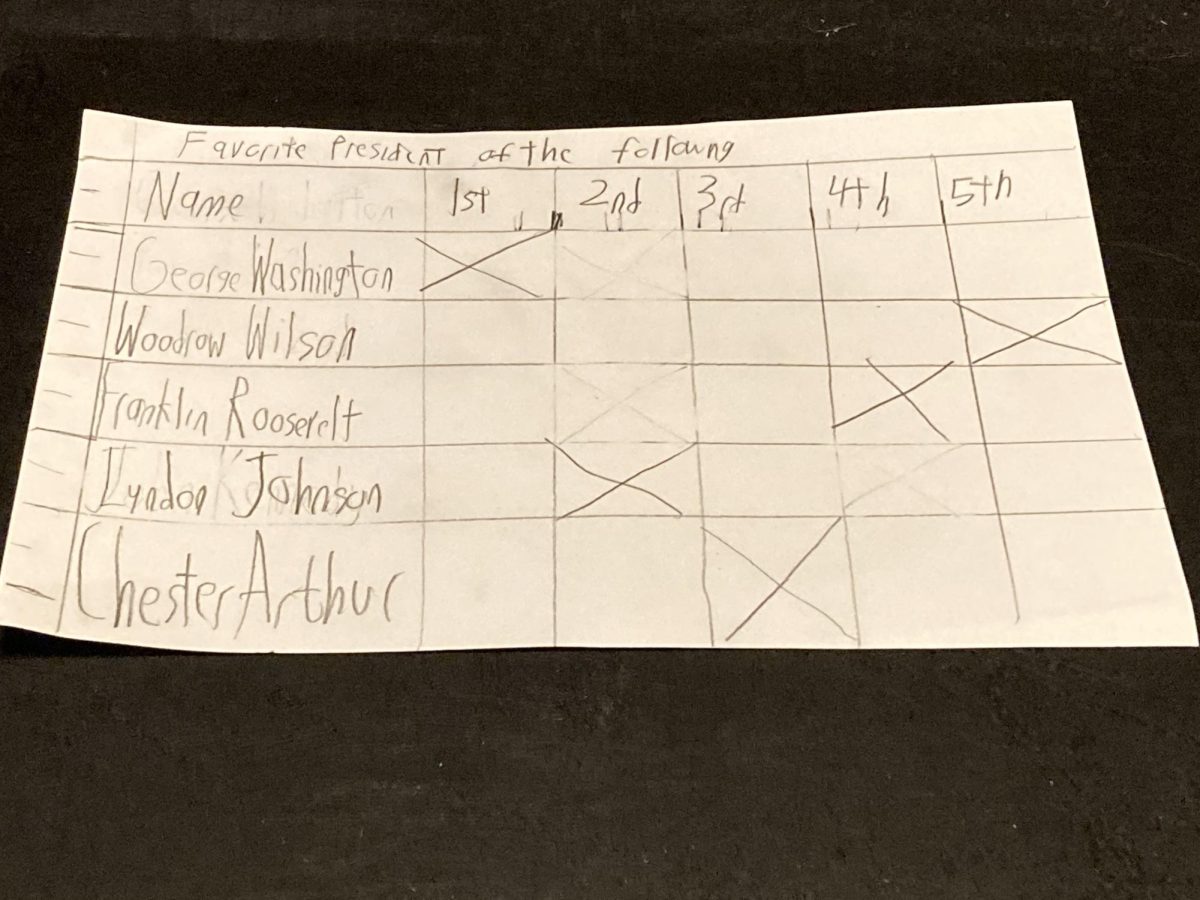This year, ranked-choice voting, an alternative to our current single-choice general elections, will be on the ballot this November in several states including Alaska, Oregon, Missouri, and Nevada (AARP).
Anyone in those states should vote in support of this measure, for it benefits any constituent without regard to their political beliefs.
As of now, there is little political incentive for most representatives to serve the general public’s interest, for those representatives owe their seat to the small fraction of people who vote in the party primary.
Katherine Gehl and Michael Porter, both writers for the “Harvard Business Review,” said “for more than 80% of U.S. House seats, the party primary is the only election that matters, because, in the general election, the seat is ‘safe’ for one party regardless of who that candidate might be.”
This means the candidate may be more loyal to the small percentage of people who both vote in primaries and are generally more extreme, because that is how the candidate will get reelected. That being the case, if they compromise with the other side to get things done, they lose support from their extreme backers and risk losing their primary.
However, Final-Five Voting (FFV) and other kinds of ranked-choice voting intend to fix this by having open primaries. These would allow a broader set of candidates with different views and backgrounds to run in the same race. Also, all voters, regardless of political party, would vote in this same primary. Then, the top candidates, as decided by the primary, would move on to the general election, where ranked-choice would be implemented.
Ranked-choice allows people to order their five favorite candidates. After the first round, if no candidate has more than half of the vote, the candidate with the least support is eliminated, and each vote for the candidate is then assigned to each respective voter’s second choice. If there is still no candidate with more than half of the votes, the candidate with the least support of the remaining candidates is similarly eliminated. This process repeats, reassigning votes to voter’s third, fourth, or fifth choices until one candidate has more than half of the votes.
Ranked-choice would allow all citizens, not just registered Democrats or Republicans, to vote for any candidate that they feel would work the hardest to solve their issues. This makes races more competitive since candidates have to earn our vote by working to address issues of concern to us, their constituents. Even if the results do not change, this allows for new ideas to come to light, which hence allows us to consider other ways to approach problems.
This has many benefits including eliminating the need for costly runoff elections, which naturally have low turnout, and leading to less partisan representatives, because incumbents are rewarded for working to solve problems.
Therefore, elected officials can work across the aisle, so they can get things done. They will be rewarded for trying to solve problems, rather than punished by losing their primary for their hard work.
Also, this system makes it impossible to waste votes, thus eliminating the fear of voting for someone who is not likely to win, and consequently spoiling the election.
We need ranked-choice voting to elect politicians who will actually fight for our needs, not their political ambitions or purse. We need to check these people by decreasing their confidence that they will easily win, so they will have to work to try to appeal to everyone. We need someone who will actually follow through on their promises, rather than forgetting them after the election. Finally, we need a candidate who is willing to get things done, because that is why they’re there.








Maren Merkel • Sep 18, 2024 at 11:43 am
Well done! I completely agree with the superiority of rank choice voting. Great explanation of what it is.